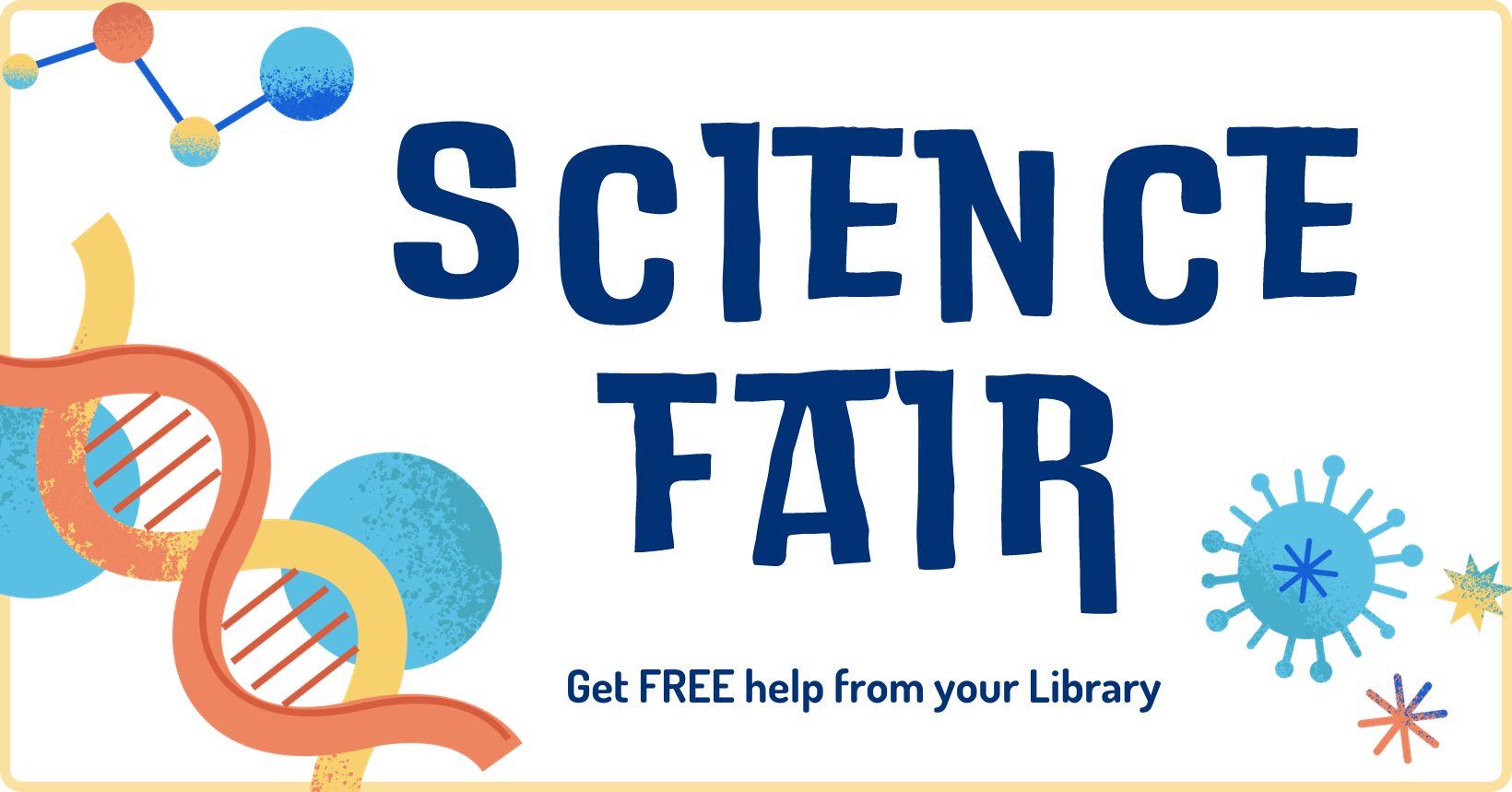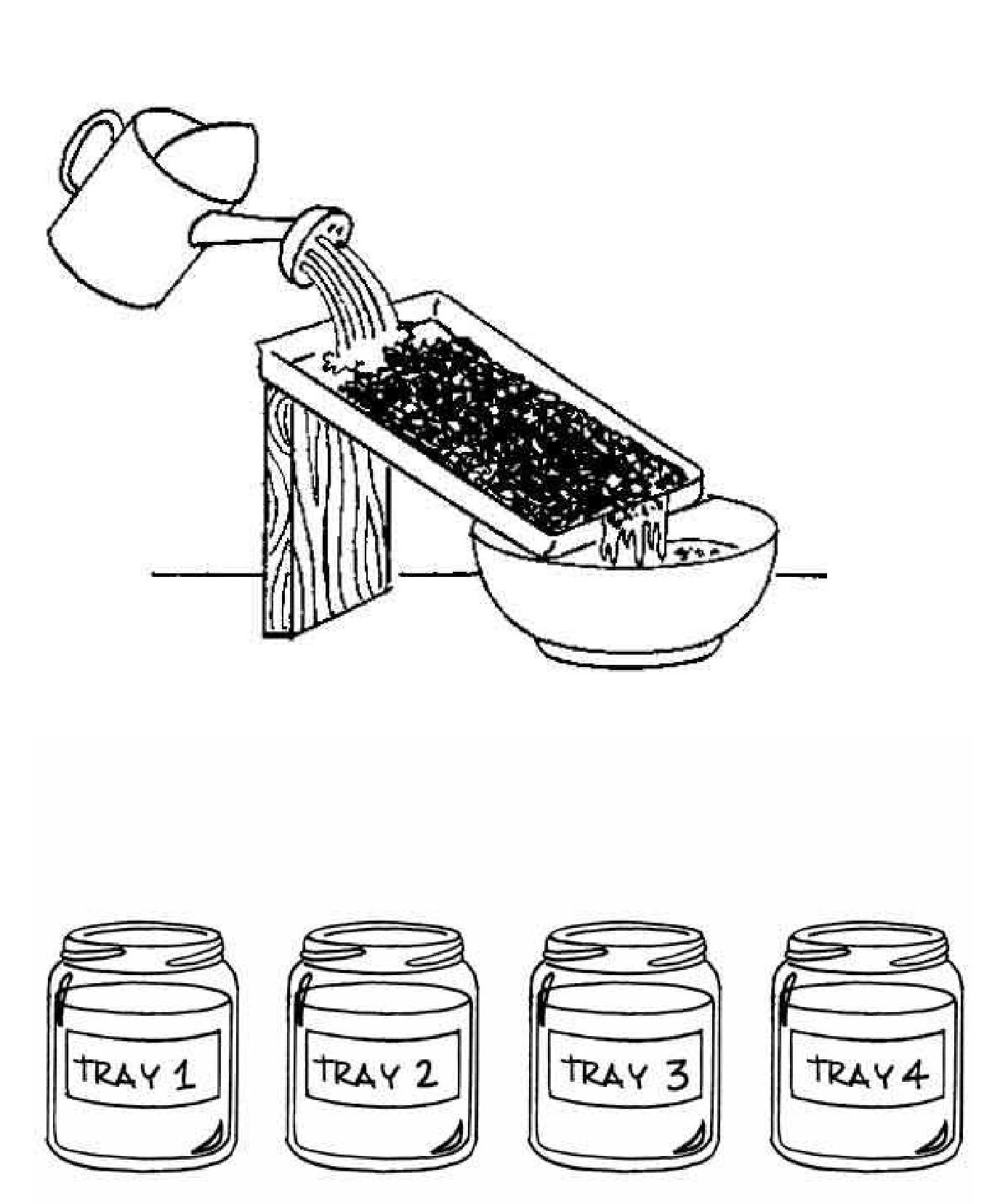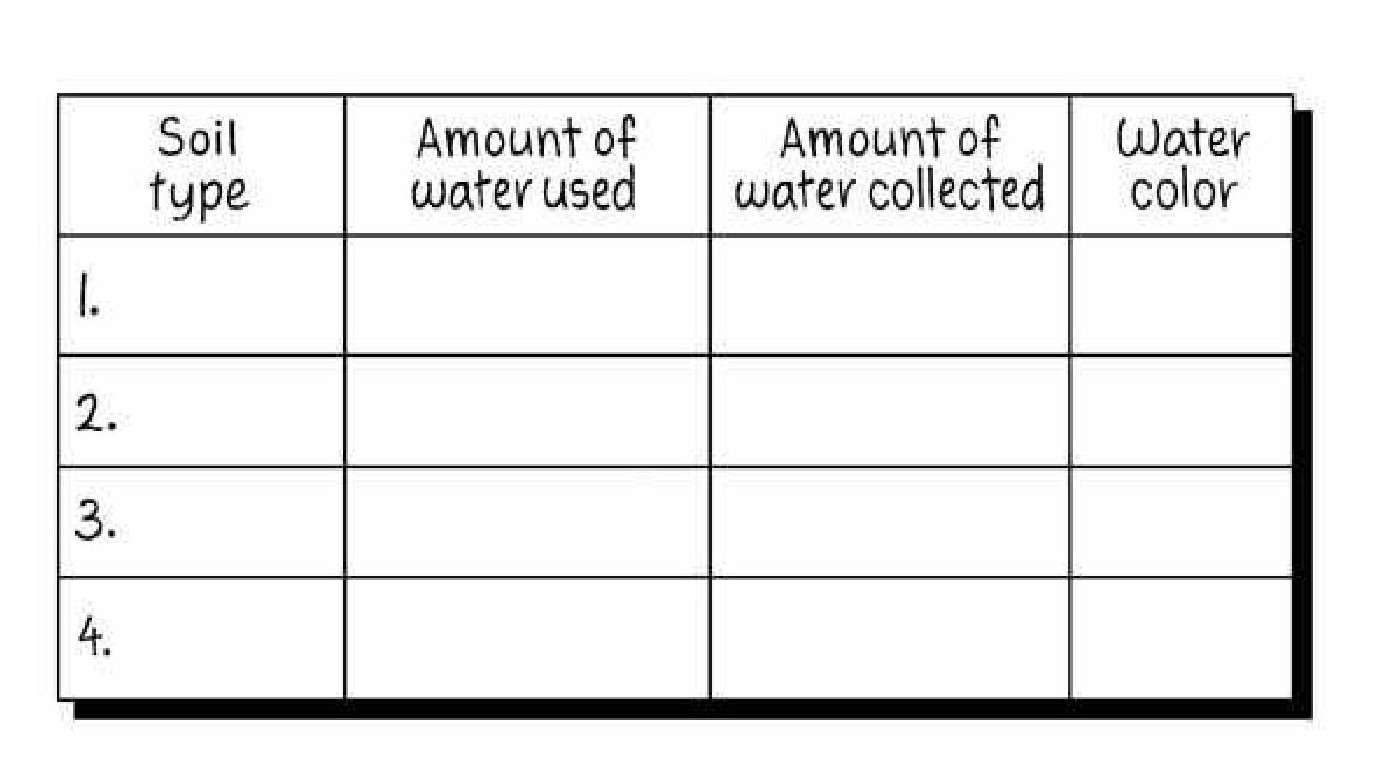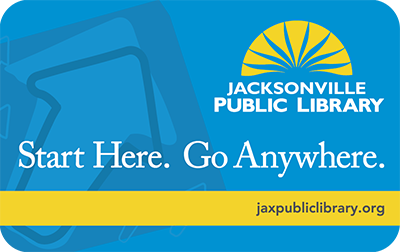
#Need a Science Fair Project?
Looking for project ideas? Have an awesome experiment in mind but you're just not sure how to get started? Don't worry, the Library has your back!
We have a digital resource just for students called "Science in Context" that can help you choose and conduct a successful experiment! You'll get everything you need including an outline of how to run the experiment, a list of the materials you'll need, related resources for the research section of your project, and a citation in the format you need for the experiment!
The best part: It's FREE and available anytime, at the Library or even at home!
#Example Project: Erosion
Purpose/Hypothesis
In this experiment, you will find out how the type of soil affects how much erosion can occur. Soil is a mixture of inorganic materials (rocks, sand, silt, or clay) and organic materials (decomposing leaves and organisms). The ratio of these components to each other determines the kind of soil and its texture. In turn, the texture of soil determines how well the soil can support plants and withstand erosion. Before you begin, make an educated guess about the outcome of this experiment based on your knowledge of soils and erosion. This educated guess, or prediction, is your hypothesis.
A hypothesis should explain these things:
- the topic of the experiment
- the variable you will change
- the variable you will measure
- what you expect to happen
What are the Variables?
Variables are anything that might affect the results of an experiment. Here are the main variables in this experiment:
- the kind of soil used
- the slope of the soil
- the rate at which you pour water on the slope
In other words, the variables in this experiment are everything that might affect the amount of water and soil that run off. If you change more than one variable, you will not be able to tell which variable had the most effect on the runoff and erosion. Setting up a control experiment will help you isolate one variable. Only one variable will change between the control and the experimental soil pans, and that variable is the kind of soil used. For the control, you will use potting soil. For your experimental soil pans, you will use sand, clay, and neighborhood soil.
You will measure the amount of water that runs off your soil pans and how much erosion occurs. If the looser- and coarser-textured soils have less runoff, your hypothesis is correct.
Materials Needed
- 2 to 3 pounds (1 to 1.5 kilograms) of purchased potting soil
- 2 to 3 pounds (1 to 1.5 kilograms) of sand
- 2 to 3 pounds (1 to 1.5 kilograms) of clay
- 2 to 3 pounds (1 to 1.5 kilograms) of neighborhood soil
- 4 shallow pans. Cookie sheets with 0.5 to 1.0 inch (1.25 to 2.5 centimeters) high edges work well.
- 4 glass jars, approximately 24 fluid ounces (680 milliliters)
- scrap lumber
- a sprinkler can or hose nozzle with mist setting
- water
- measuring cup
- labels
- outdoor area to conduct the experiment, since it may be messy
- a baking dish, approximately 9 x 13 x 2 inches (23 x 33 x 5 centimeters)
- magnifying glass (optional)
Step-by-Step Instructions
- First, examine your soils. You may want to look at their particles with a magnifying glass. On your chart (see illustration) record your soils in the order of their textures, from coarse to fine. If you cannot see separate particles, then the texture is very fine.
- Place your shallow pans in a row and place a different kind of soil in each one. Fill each pan evenly up to its edges all around.
- Prop one end of your potting soil pan on a board to simulate a hill. The exact slope is not important, but you must use the same slope for each pan.
- Place the bottom end of the pan so it is resting in the baking dish.
- Measure 3 cups of water into your sprinkler can.
- Sprinkle the water over your hillside, mostly from the top edge, and watch what happens.
- After the can is empty, wait 5 minutes.
- Pour the water from the baking dish pan into a glass jar. Look at its color and measure how much you have collected. The darker the water, the more soil has run off.
- Label the jar with the type of soil.
- Repeat the procedure for sand, clay, and neighborhood soil

Record your result on a chart and compare the amounts and colors of water in each jar. The darker the water, the more soil has run off in it. What have you discovered? Did coarser soils have less runoff? Was your hypothesis correct? Summarize what you found.

Notes on this Experiment
Approximate budget: $10 if soils must be purchased. Timetable: 2-3 hours. A note about safety: Wash your hands carefully after you handle soil, especially if you are using soil from outdoors. Be careful when digging to avoid broken glass or other trash in the soil.
You can vary this experiment by changing the variables. For example, use soils from different areas of your neighborhood (near a stream, a park, a baseball diamond) or buy different kinds of potting soils from a plant-supply store. Or try mixing your soils. Just record how much of each kind you use for each mixture.
From: Experiment Central (Online ed.)
Publisher: Gale, part of Cengage Group
Content Level: (Level 3)
Lexile Measure: 1030L
How to Use Science in Context
To get started on your Science Fair project:
- Go to Science in Context by clicking or typing this link into your internet browser's address bar: www.jaxpubliclibrary.org/science-context
- Enter your Library Card Number (Duval County Public School students: enter your S number).
- In the Search Bar, type Science Fair Projects and Experiments and click the magnifying glass to search.
- Scroll down the page and in the grey ON THIS PAGE section, click the link that says Experiments
- Now you have a big list of experiments for all grade levels. To get the ones for your grade level, look over to the right where it says FILTER YOUR RESULTS and click on the button that says Content Level.
- Click the box next to the Level that matches your grade and click the Apply button. See the CONTENT LEVELS chart on the right for help.
- Now you have a list of projects that you can do with everything you need to complete them!
Content Levels for all "Gale in Context" Documents
Gale in Context documents are assigned content levels on their Lexile measure (or target audience if there is no Lexile measure on the document).
| Level 1 | Up to 500L | Generally lower elementary |
| Level 2 | 501L - 850L | Generally upper elementary |
| Level 3 | 851L - 1100L | Generally middle school |
| Level 4 | 1101L - 1300L | Generally middle school |
| Level 5 | 1301L and Up | Generally high school and above |
More from Gale (One File)
You may also want to check out Teen Science Fair Sourcebook: Winning School Science Fairs and National Competitions by Tanya M. Vickers (available from Gale One File: High School Edition). This downloadable 50-page booklet offers practical advice for those who aspire not just to complete their projects but to win science competitions.
Check out more of the Library's digital resources and databases for students.
Ask a Librarian
If you get lost or have any questions about how to find or use this database you can visit your local library or call us at (904) 255-BOOK (or 255-2665).
Feel free to tag @jaxlibrary if you post your experiment on social media! Good luck and have fun!!

